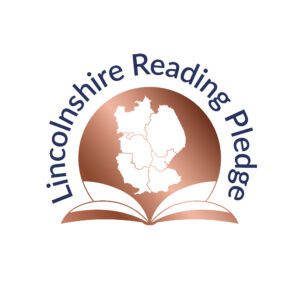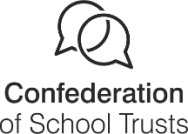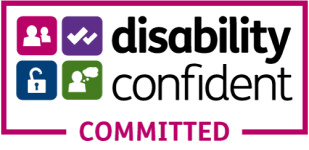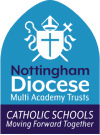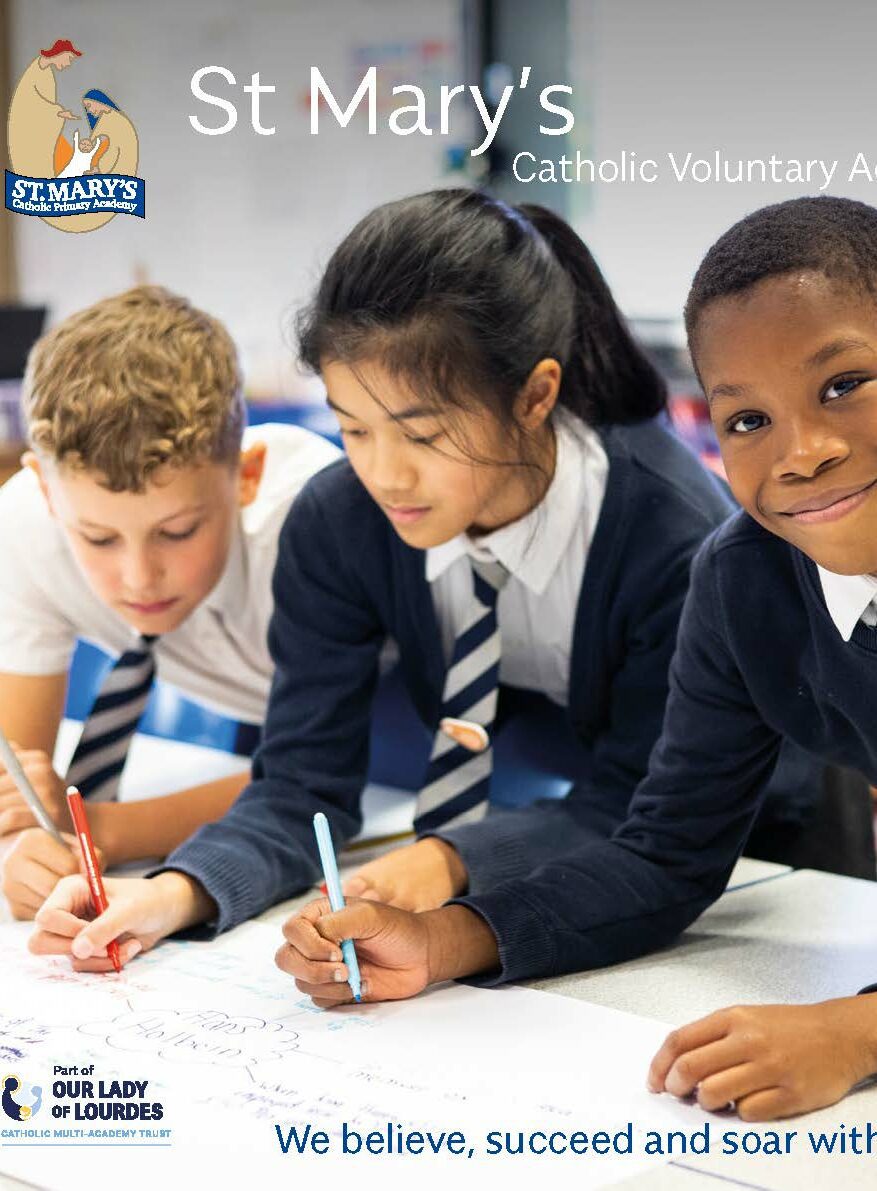Being a reader is:
- Reading a wide range of genres both contemporary and classic.
- Reading often for pleasure and for a purpose.
- Reading fluently, expressively and showing good understanding.
Being a writer is:
- Articulating ideas, structuring them in speech and writing as well as using the editing process to make improvements.
- Writing clearly, accurately and coherently for a range of audiences.
- Using an increasing wide knowledge of vocabulary, spelling and grammar.
- Developing a fluent and legible style of handwriting.
Intent:
At St Mary’s, we aim to promote a lifelong passion for reading through carefully chosen, vocabulary rich, high quality texts. The children are exposed to a wide variety of genres: fiction which includes both contemporary and classic literature; non-fiction and poetry. We intend for our children to be both independent and reflective readers who can read fluently, for meaning and most importantly for pleasure. A variety of reading skills will enable them to access all other areas of learning/the curriculum where we will give them opportunities to apply their understanding of how the different text types work. We want our children to have a deep understanding of how our language works, enabling them to make choices and have greater control over their writing. We aim to equip our children with the skills they need to use Standard English confidently and effectively throughout their school career and into their lives beyond school.
Our English curriculum is implemented through the use of rich texts and engaging pupils with a cross-curricular approach. Texts are chosen to link with other subjects and these are used as a springboard to inspire pupils to read and write. We believe that choosing the right context and starting point to engage our children in their learning is vital in fostering a love for reading and writing. Our English framework aims to enable pupils to acquire knowledge and build on what they already know. Reading, creative writing, grammar and punctuation are interwoven throughout our English curriculum to provide meaning and context to the children’s learning. Shared reading and writing are used regularly as a strategy to teach and model all aspects of reading and writing and children are encouraged to work collaboratively. We provide opportunities for pupils to develop a secure knowledge base in English which follows a clear progression as they advance through the primary curriculum. Rigorous assessments, formative and summative, ensure we are able to provide targeted support to enable every child to be successful in English. Every year group will cover a range of reading and writing genres and purposes. The long-term plan is designed to ensure whole school coverage of both fiction, nonfiction and poetry text types. Technology is used to inspire, enhance and support the learning of English throughout the school.

